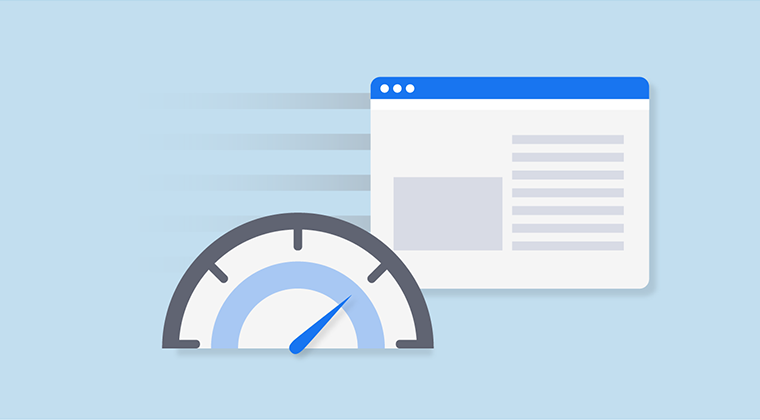Top services for checking website loading speed
Top services for checking website loading speed
Today, most internet providers and even mobile operators introduce high-speed internet, which guarantees a stable connection. But even in these conditions, the loading speed of the site remains an urgent problem.
This parameter affects important indicators, is one of the factors of ranking and perception of the resource by the visitor. If it is too slow, it is not encouraged neither by search engines nor by users. Promotion never does without refining usability, which draws attention to the loading of pages and ways to accelerate it.
What is load speed for? Statistics from Google have shown that if load time exceeds 1-5 seconds, it increases the likelihood of failure by more than 100%. It is also needed for:
- attract new customers - not only the desktop version of the site needs to work quickly, but also the mobile version. The number of users who access the site via mobile devices is growing daily, so it is important to reach this segment;
- improve the user experience - too cumbersome code is a common cause of poor site performance. This can be avoided by paying attention to optimisation;
- retain the audience to increase conversion - a value that shows the number of customers who have not left the site after viewing the first page or spending a few seconds on the platform.
Today, there are many services for checking site speed that make your work much easier. We have collected the most popular tools and will look at the features of each of them - all you have to do is choose the best option.
1. PageSpeed Insigts

It is an official tool from Google that is preferred by most SEO specialists and webmasters. It compares data from real users around the world and shows average results. If the results are unsatisfactory, it gives real advice on how to optimise the resource.
2. Pingdom Tools.
A rather informative service that has a paid and free version, as well as a mobile application. It allows you to conduct a quick analysis of all performance parameters. Users are provided with a list of possible problems that they can click on to expand the section and study detailed information.
3. GTmetrix.

It is similar in functionality to the previous point, but provides information in a different format - organised and convenient for webmasters. The advantage of the service is that it saves the history of checks, which allows you to make a comparative analysis and monitor the dynamics. There is also a paid version that provides advanced functionality. It will help to automate some processes.
4. Uptrends.
It has a user-friendly interface, and the results of the check are presented in the form of tables and graphs. Users are offered different settings: you can choose to test the mobile or desktop version, choose different browsers, screen resolutions, etc. - all this is available to everyone and does not require an additional fee.
5. WebPageTest

In this case, the website load is checked three times, which allows you to evaluate not only the overall performance but also the efficiency of caching. This feature distinguishes this tool from others, but it does not provide complete information and has a rather inconvenient interface.
6. WebSitePulse.
Checks the responsiveness of an html page, content, images, and any internal web page objects. The test is performed separately for each component. The disadvantage of the tool is that it has limited functionality and examines only 30 initial pages of the resource, so it is not suitable for optimising large-scale projects.
7. PR-CY.
The free version allows you to analyse indexing parameters, check the resource for viruses and search engine penalties. In addition, it is possible to get acquainted with the statistics of visits, social activity and usability of the platform. The paid version offers a comparative analysis of several dozen websites and checks internal pages. After the testing is complete, the service gives advice on how to improve the website's performance.
A few recommendations to help speed up your website:
- reduce the number of requests - reviews take time, which negatively affects the performance of web pages. To do this, it is recommended to statically load all possible files without using database queries - you can use special plugins;
- CSS and JavaScript optimisation - the size and number of such files matter. To avoid interruptions in the work of the resource, use the available online tools for their compression;
- image optimisation - pictures, illustrations, photos are the largest component that must be compressed before use;
- additional features - there are various technologies or so-called turbo services that help to create lightweight versions of pages.
